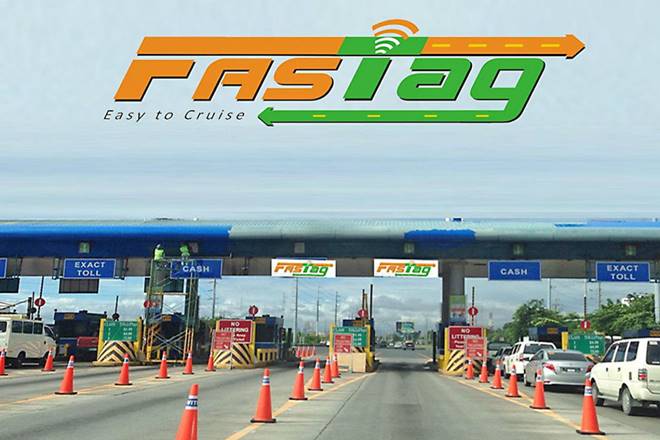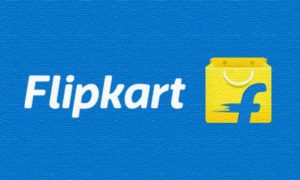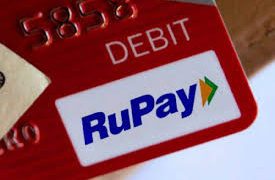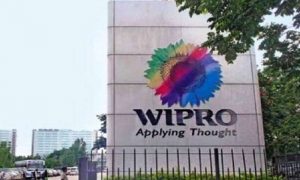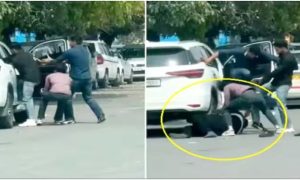Even though the FASTag payment tags were supposed to become mandatory on all national highways from December 15, the government has extended the deadline to January 15, 2020. This means you have more time to buy one of these for your car, if you haven’t already purchased one.
But what exactly is a FASTag? A FASTag is a sticker that is attached to the windshield of your car, from the inside. This is Radio-frequency Identification (RFID) enabled via the barcode and is linked with the registration details of your vehicle. That information is stored in the barcode itself.
As you drive though any toll plaza on any national highway in India, there will be dedicated lanes that have FASTag readers installed overhead—and as your vehicle passes beneath them, the RFID code is detected for your vehicle, processed and the necessary toll amount is deducted from the prepaid balance. All this without you having to stop, interact with a human being at a toll plaza and having to pay cash.
According to the National Highways Fee (Determination of Rates and Collection) Rules 2008, there are lanes at toll plazas reserved exclusively for FASTag users. You drive into that lane, the FASTag is detected by the readers installed overhead, the payment is made seamlessly, and you are on your way.
The process is so quick, you don’t need to stop. The government push towards automated digital payments at toll plazas across India is multi-pronged. One advantage is reduced cash handling by the concessionaire as well as the authorities running toll plazas to allow for better transparency in the system. It is also expected to reduce the rush and waiting times at toll plazas, which is often because of cash collections, people trying to find the exact change or sometimes even arguments about the exact toll amount. And finally, the lesser time you spend at a toll plaza, you waste less fuel just sitting there in a queue and that also reduces pollution.
It was in October that the Road Transport and Highways Minister Nitin Gadkari announced that FASTags will become mandatory for all vehicles from December this year. However, there have been extensions of this deadline since. The December 1 deadline was shifted to December 15, and now it is January 15, 2020. The idea is to have all private and commercial vehicles equipped with this contactless payment system for paying the necessary road usage charge at toll plazas on national highways (NH) across India. There could be many reasons for this extention.
Reports of increased queue times at many toll plazas, issues with FASTags being read incorrectly by the readers installed at toll plazas, or not be detected at all and incorrect amount of toll being deducted, are some of the issues users have complained about on social media. But we could say these are teething problems?
“We need FASTags to avoid delays due to traffic and toll lines, FASTag has been implemented across 524 toll plazas across the country. FASTags seek to establish the largest, scalable and interoperable electronic toll collection system in the world,” says Ravi Mathur, CEO, GS1 India. It is the encoding with a GS1 identification standard (Global Individual Asset Identifier — GIAI) that allows unique identification of vehicles and that means a single tag on a vehicle can be used to make the payment at any toll plaza on the national highways across India.
FASTags are part of the National Electronic Toll Collection (NETC) program developed by the National Payments Corporation of India (NPCI). And we are seeing increased adoption of Fastags ahead of the mandatory implementation. According to the NPCI numbers shared with the media, as many as 9.67 lakh transactions were processed daily through FASTags across all toll plazas on national highways in India in the month of September, which is a total of 34% of all transactions done by vehicles commuting on the national highways.
Each tag and car pairing works with the GS1 unique identification numbers, which are encoded in the FASTags. That way, each vehicle is identified in a standardized and common manner that is understood by the digital payments systems deployed by state and central governments, the Traffic Police, insurance companies and toll collection authorities. If the same method is also activated for payment for parking as well as for paying for fuel fill-ups, the same standards will be followed by the municipalities and private operators as well.
“FASTags would also enable toll payments across State and district highways and even for parking in cities in the near future. This would help commuters in seamless movement across city parking to State to national highways. Through use of GS1 standards (the Electronic Product code), information exchange can be facilitated about vehicle movement, road accidents, traffic predictions, etc across stakeholders by police, traffic management authorities, insurance, toll collection authorities, and municipal bodies. It also reduces fuel consumption levels, pollution and travel time,” adds Mathur.
If you need to buy a FASTag for your car, you can either physically buy one at certain toll plazas across India, by carrying your identification as well as the vehicle registration documents with you. This is a mandatory KYC process. Or, and this could perhaps be simpler as well—you could buy one on Amazon.in or approach certain banks for these FASTags. The banks that currently offer FASTags include HDFC Bank, ICICI Bank, State Bank of India, Kotak Mahindra Bank, Axis Bank as well as the Airtel Payments Bank and Paytm Payments Bank. The advantage of buying the FASTag from the bank where you have your savings or salary account is that they can pre-link it with your bank account for easy recharge later. If it is a mobile wallet for instance, then you can simply keep enough balance in that account for this to work.
Interesting enough, there seem to be offers on the purchase of a new FASTag depending on which vendor you choose to buy from. And these keep changing, depending on offers and schemes applicable at the time. If you buy it from Paytm for example, the FASTag will cost you Rs 500. This includes Rs 100 for the tag, Rs 250 as refundable security deposit and Rs 150 as the first recharge for your FASTag. The minimum balance threshold amount for the Paytm issued tag is also Rs 150. Airtel, for example, is offering a cashback of Rs 150 for prepaid and postpaid users if you buy a FASTag from them. If you decide to buy from HDFC Bank, the tag costs you Rs 400—this includes Rs 100 for the tag, Rs 100 as reissuance fee and Rs 200 as security deposit. Incidentally, HDFC Bank has Rs 100 as the minimum threshold for your account to remain active. And these are just some examples.
That is not all. There are cash backs as well every time you use this. For instance, you can avail a cashback of 2.5% on all National Toll payments using FASTag in FY 2019-20. Irrespective of whether you buy the FASTag from HDFC or Paytm, you will get 2.5% Cashback on all National Highway Toll payments for FY 2019-20. FASTag issuers may have more offers from time to time.
Then there is the question of recharging the balance on the FASTag. You can log in to the payment system of the bank which has issued the FASTag and make the recharge from your bank account. Or if you bought it from Paytm, you recharge your linked Paytm account and the balance shall be deducted from that every time you pass through a toll plaza on a national highway. You can also download the My FASTag app (free for Android on the Google Play Store) and recharge your FASTag via the unified payments interface (UPI) there. “The online NHAI FASTag has been conceived in a DIY (Do-It-Yourself) concept wherein a customer can self-activate it by entering customer and vehicle details in My FASTag mobile app.
Thereafter, the customer will have to link the tag to an existing bank account of his/her choice,” the Ministry of Road Transport and Highways said in an official statement released in May, when the FASTag was made available on Amazon India.

